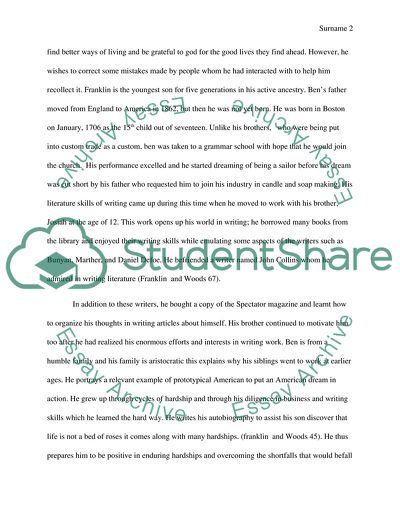Cite this document
(Slave Narratives and Captivity in American Literature Essay, n.d.)
Slave Narratives and Captivity in American Literature Essay. https://studentshare.org/literature/1827247-slave-narratives-and-captivity
Slave Narratives and Captivity in American Literature Essay. https://studentshare.org/literature/1827247-slave-narratives-and-captivity
(Slave Narratives and Captivity in American Literature Essay)
Slave Narratives and Captivity in American Literature Essay. https://studentshare.org/literature/1827247-slave-narratives-and-captivity.
Slave Narratives and Captivity in American Literature Essay. https://studentshare.org/literature/1827247-slave-narratives-and-captivity.
“Slave Narratives and Captivity in American Literature Essay”. https://studentshare.org/literature/1827247-slave-narratives-and-captivity.


